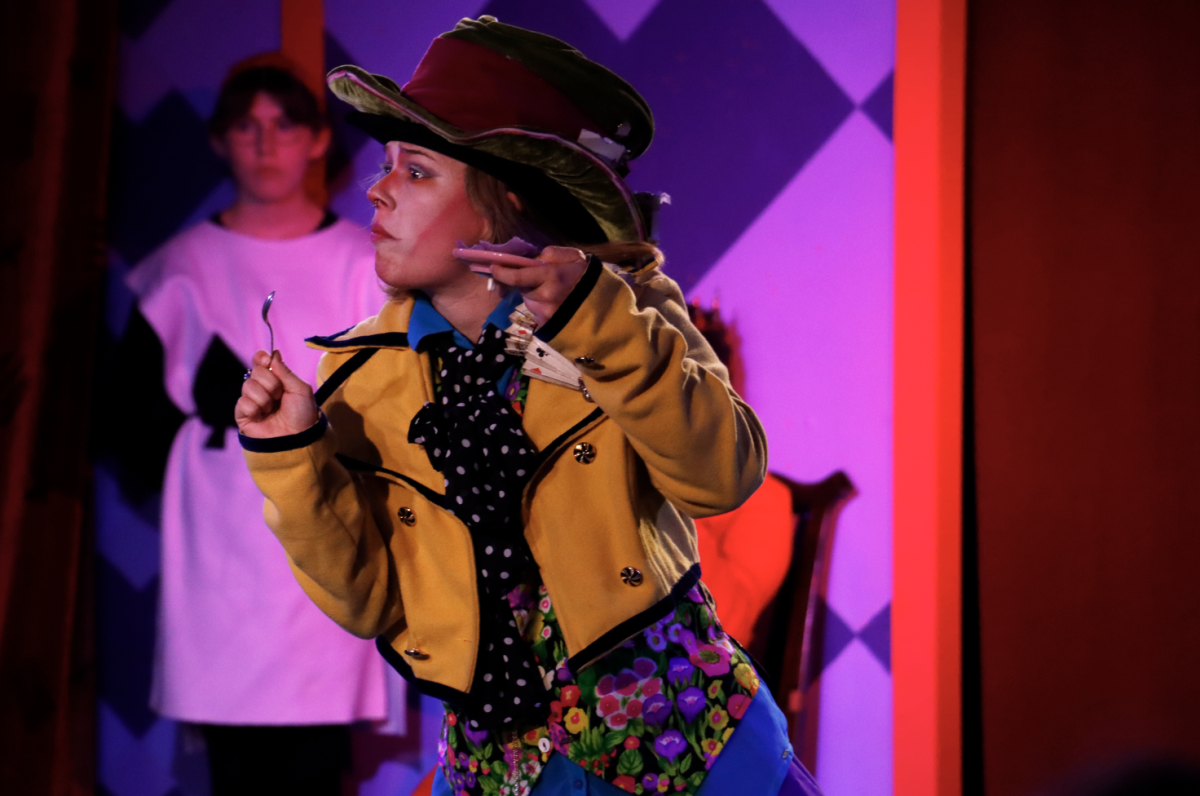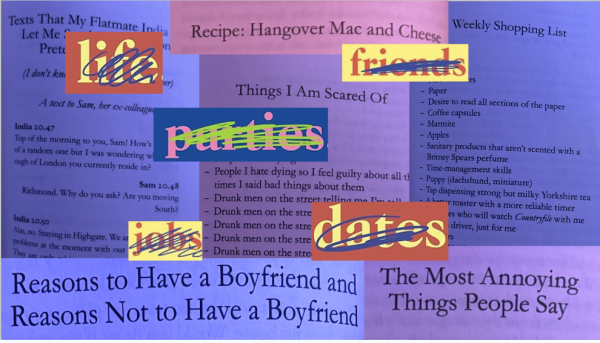Column: The future is feline
Photo credit: Paulina DePaulo
My old outdoor cat, Bertie, explores a rooftop. In the video game “Stray,” you play as an adventurous young cat who traverses a post-apocalyptic world to uncover clues and liberate civilizations.
March 16, 2023
If there’s one thing better than video games with cats in them, it’s video games where you can actually play as one.
In July of 2022, the 3D narrative game “Stray” took the internet by storm.
The player takes on the form of a lovable orange tabby cat in a post-apocalyptic world full of robots and mystery. You start off navigating several overgrown, abandoned tunnels before taking a tumble down below the surface, where you discover an underground civilization full of advanced, humanlike robots. Soon enough, you’re set on a journey to open the gate between the outside world and the underground, with the help of the many friends you meet along the way.
“Stray” is exceptionally unique, particularly in its style of gameplay. While your controls stay the same as in any other game, you’re able to move around your environment exactly as a cat would. You can jump to extreme heights, squeeze through tiny openings, knock random objects off of tables and even scratch on couches. These features not only immerse you in the environment and the character but allow you to further the story in more ways than you would in a human body.
The visuals are equally as stunning, with vibrant neon colors contrasting with the dull detailing of the robotic slums. Each character and location has hundreds of ways to interact with it, allowing for infinite off-story exploration and experience. And, as someone with a cat, it masters their movement perfectly.
The game also emotionally reflects on an ongoing desire for humanity within the robot characters. Along the way, you meet a miniature robot named B12, who travels with you on your back. B12, on a side quest to regain memory of their past, collects pieces of cognition through old murals and artifacts. B12 longs to be able to reminisce and feel the memory of their past life but can’t find all of the missing pieces without the player’s help.
The many life-sized robots that you meet throughout the game have a collective goal to escape the toxic environment of the underground city and explore the outside world, which is now full of greenery and wildlife after the apocalypse. You travel through different levels of civilization, from the high-tech urban cities to the lush oases that remain closer to the surface. There’s a healthy mix between narrative, puzzle-solving and intense action scenes (some of which took me hours to complete). There’s no doubt that it’s one of the most exciting plays on the market right now.
While it’s an impressive and entertaining game, “Stray” unfortunately falls into a trope that has long been considered to perpetuate harmful stereotypes about Asian countries in Western media: “Techno-Orientalism.” Its futuristic setting utilizes characteristics of East Asian language, architecture and culture as a part of its aesthetic, without acknowledging any of the stylistic origins.
From the graffiti and signage on the walls of the underground city to the mixed array of clothing from different East Asian cultures that the robots wear, the lack of clear distinction and consistency has prompted questions regarding the game’s appropriation.
Sydney Frank’s March column explores the different ways that Techno-Orientalism has made an impact on modern media and Western storytelling. Go check out her piece to learn more.
While it does deal with certain design issues, “Stray” is a dynamic game that serves as a warm reminder of the mountains of hope that can come from just a small, whiskered animal.




![Freshman Milan Earl and sophomore Lucy Kaplan sit with their grandparents at Archer’s annual Grandparents and Special Friends Day Friday, March 15. The event took place over three 75-minute sessions. “[I hope my grandparents] gain an understanding about what I do, Kaplan said, because I know they ask a lot of questions and can sort of see what I do in school and what the experience is like to be here.](https://archeroracle.org/wp-content/uploads/2024/03/grandparents-day-option-2-1200x800.jpg)





























































